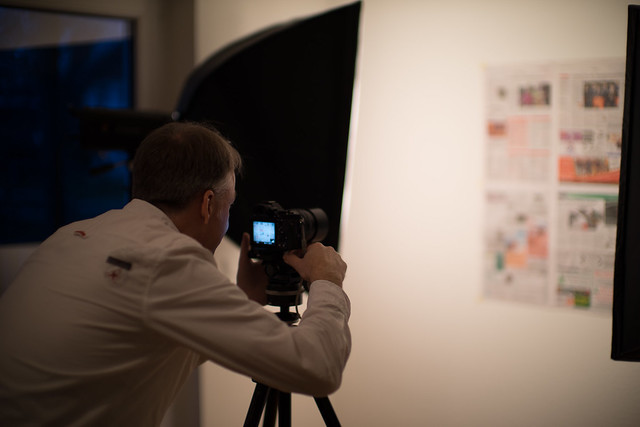| Article Index |
|---|
| Most Adorable 50s - Zeiss Otus & Sonnar, Leica Noctilux & Summilux, SLR Magic HyperPrime |
| Chart Test |
| Conclusion & Finale |
| All Pages |
Some time ago, we already compared a large selection of more or less adorable 50mm lenses on an APS-C crop camera (NEX-7) here. Now it's time for a sequel where we squeeze out the currently most adored 50s attaching them to the 36 MP full frame Sony A7R.
The candidates this time were (from left to right, the Leica M bodies this time only acted as lens cap ;-)):
- Leica Summilux 50mm f/1.4 ASPH
- Zeiss FE Sonnar T* 55mm f/1.8
- Zeiss Otus Apo Distagon T* 55mm f/1.4
- SLR Magic HyperPrime CINE 50mm T0.95
- Leica Noctilux 50mm f/0.95 ASPH
As far as I can remember, 50mm lenses always were a compromise and optimized for a certain purpose. So you had to decide between large aperture (typically f/1.4) portrait lenses designed for available light and optimized to isolate a subject in a range of 1 to 3 m from its environment with a smooth background blur or for a landscape lens that is perfectly sharp all over the frame at f/5.6 - f/8 on large distances. But 2013 Zeiss stepped in with a "no compromises" lens demonstrating that it is possible to build a lens covering all purposes with maximum image quality, the "Otus 1.4/55".
Only the Zeiss FE Sonnar T* 1.8/55 is a native lens that was launched by Sony together with their new series of full frame cameras, the A7 and A7R. All other lenses had to be adapted using a Leica M to E-mount adapter or (in case of the Otus in ZF.2 mount version) a F-mount to E-mount adapter. I do not want to bother you with too many details about these lenses. Some of them were already covered in other articles here and on other web sites and I am sure, you will be able to find out all technical data you need - otherwise feel free to contact me by E-mail.
In the first part of this comparison review we will use the lenses in real world situations where they are best suited for:
Portraits
The following series was taken at a subject distance of about 1.2m (approx. 4 ft.). All images are
postprocessed in the same manner and without additional sharpening; only colors were individually adjusted. The focus point (front eye) was composed somewhere half way between the center and the corners (I will call it "midframe" from now on) as this is much more practical for a typical composition than placing an eye in the image center. Thanks to the moveable focus magnification aid of the A7R's EVF, it is possible to focus the lens exactly at that point. Especially for lenses with shallow depth of field and some field curvature this is much more precise than center focusing and recomposing as forced by range finder cameras. As this is not a static object shot from a fixed tripod, each setting was shot in a series of about 10 frames with slight camera movement ("focus bracketing") and what we see here is the best hit out of each series. So it is not a scientific lab test but nevertheless should give you a good indication of what you can expect from these lenses.
Let us start with the Leica Noctilux 50mm f/0.95 ASPH at open aperture (F0.95):
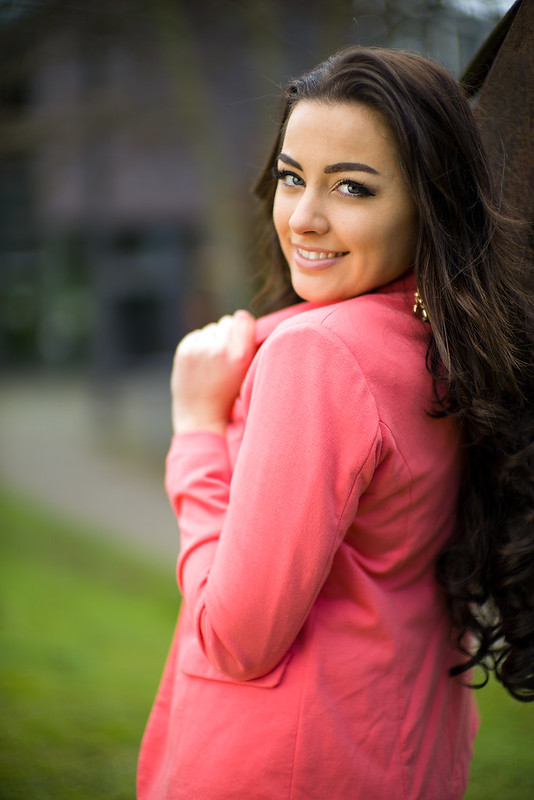
(click on image for other sizes including full resolution)
100% crop (actual pixels):

F1.4:
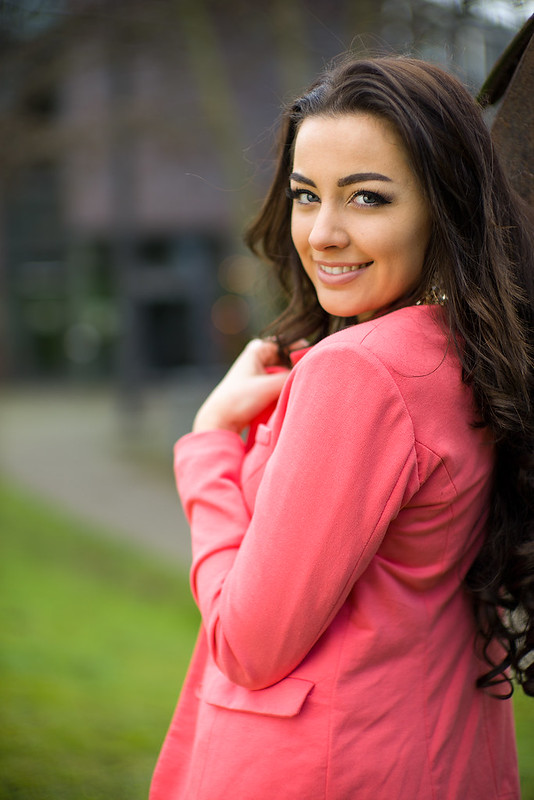
(click on image for other sizes including full resolution)
100% crop (actual pixels):
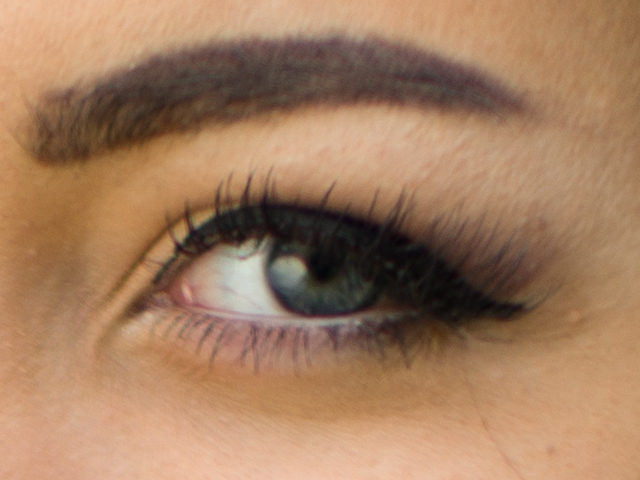
Next candidate is the SLR Magic HyperPrime CINE 50mm T0.95 @ open aperture (T0.95 / F0.92):
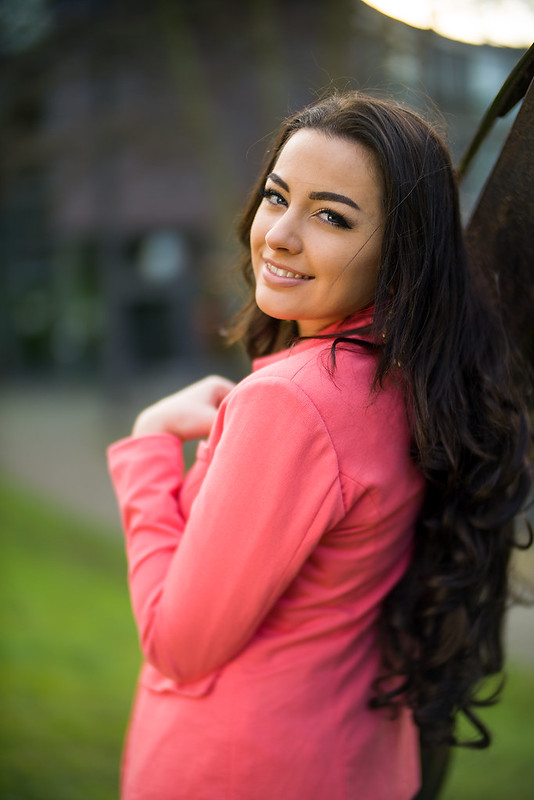
(click on image for other sizes including full resolution)
100% crop (actual pixels):
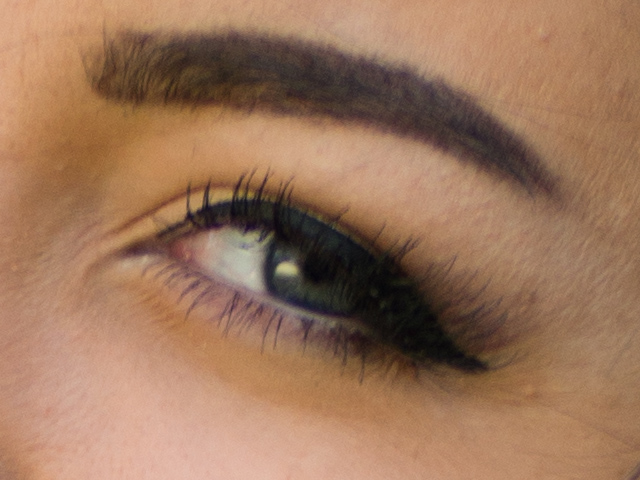
T1.5 (approx. F1.4):
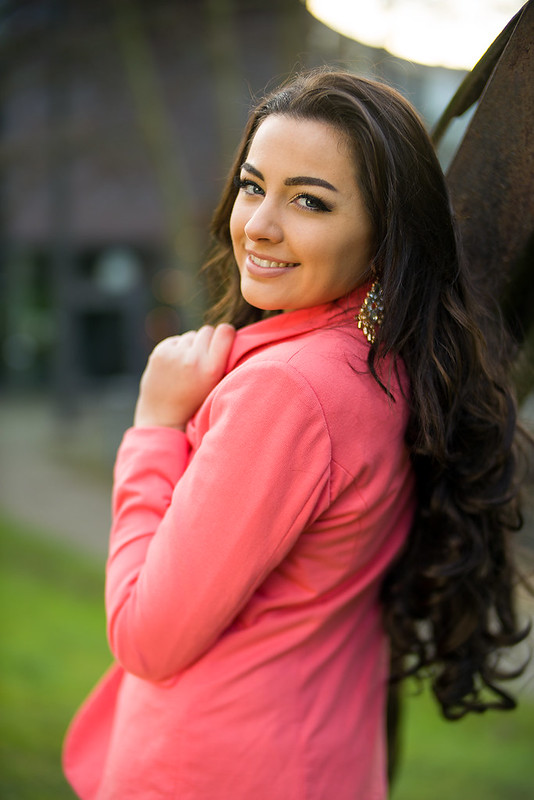
(click on image for other sizes including full resolution)
100% crop (actual pixels):

Now we come to the Leica Summilux-M 50mm f/1.4 ASPH @ F1.4:

(click on image for other sizes including full resolution)
100% crop (actual pixels):
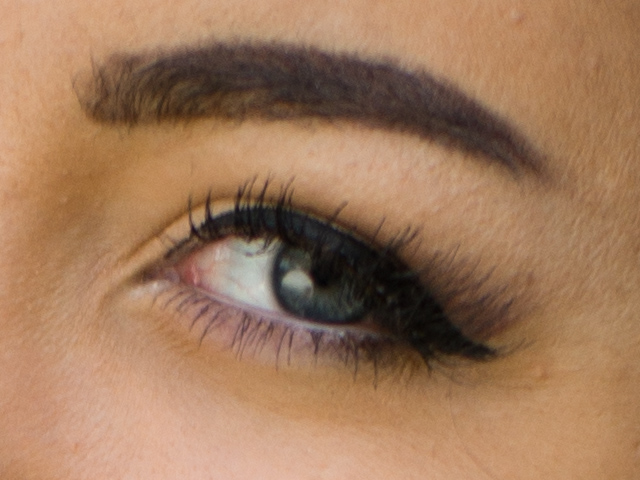
The native Zeiss FE Sonnar T* 55mm f/1.8 @ F1.8:

(click on image for other sizes including full resolution)
100% crop (actual pixels):
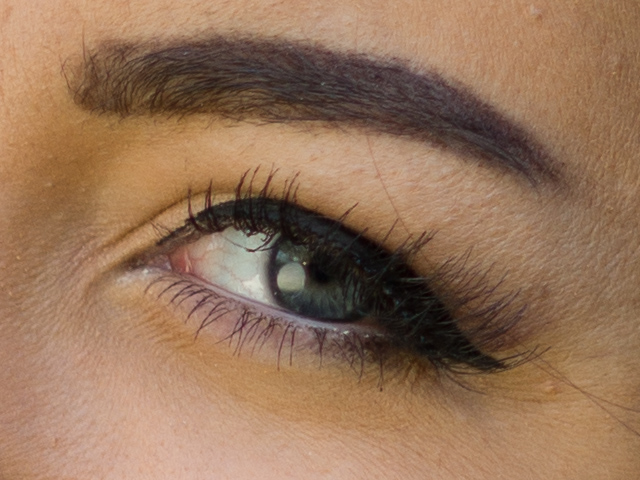
And finally the Zeiss Otus Apo Distagon T* 55mm f/1.4 @ F1.4:

(click on image for other sizes including full resolution)
100% crop (actual pixels):
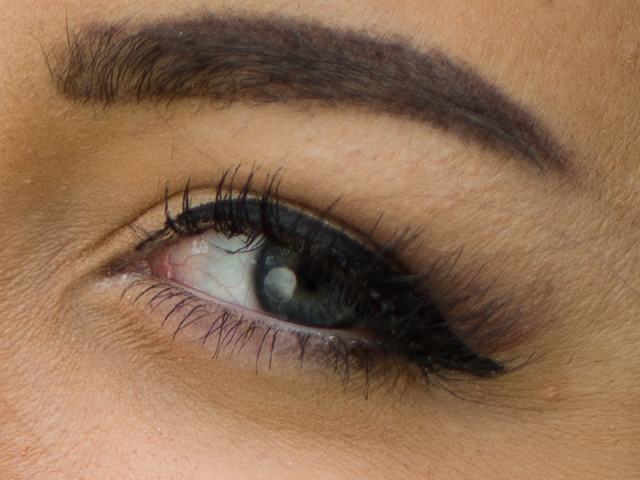
Another situation with different background. Distance was this time about 1.5 m (approx 5 ft.).
Leica Noctilux at F0.95:

(click on image for other sizes including full resolution)
100% crop (actual pixels):
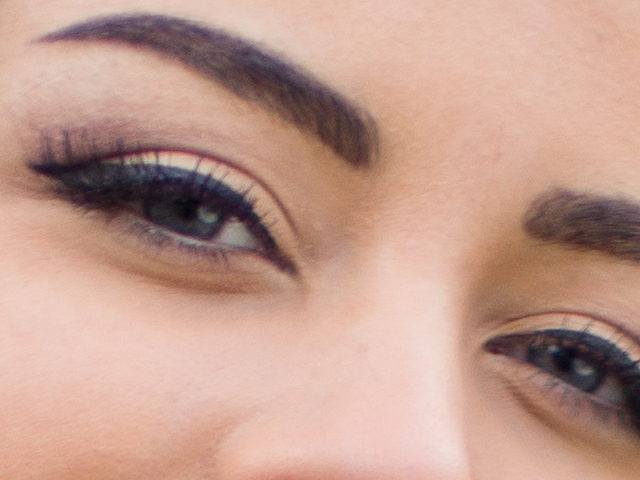
Leica Noctilux @ F1.4:

(click on image for other sizes including full resolution)
100% crop (actual pixels):

HyperPrime CINE 50mm T0.95 @ T0.95:

(click on image for other sizes including full resolution)
100% crop (actual pixels):
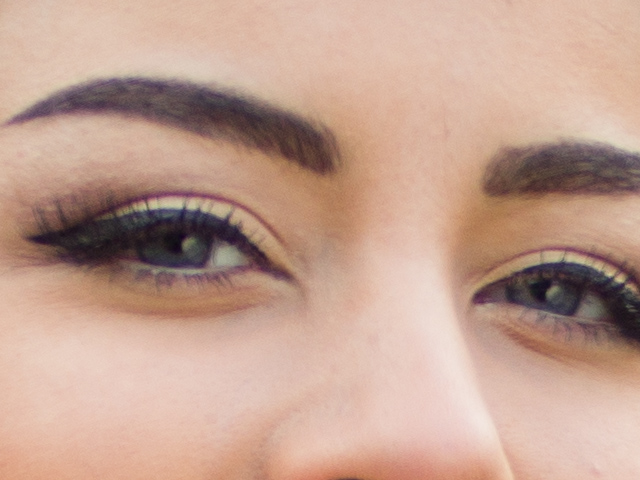
HyperPrime CINE 50mm T0.95 @ T1.5 / F1.4:

(click on image for other sizes including full resolution)
100% crop (actual pixels):

Leica Summilux @ F1.4:

(click on image for other sizes including full resolution)
100% crop (actual pixels):

Zeiss FE 1.8/55 @ F1.8:

(click on image for other sizes including full resolution)
100% crop (actual pixels):
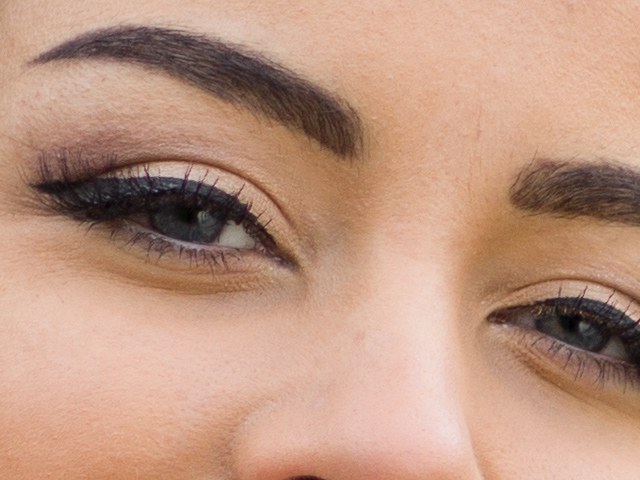
Zeiss Otus 1.4/55 @ F1.4:

(click on image for other sizes including full resolution)
100% crop (actual pixels):
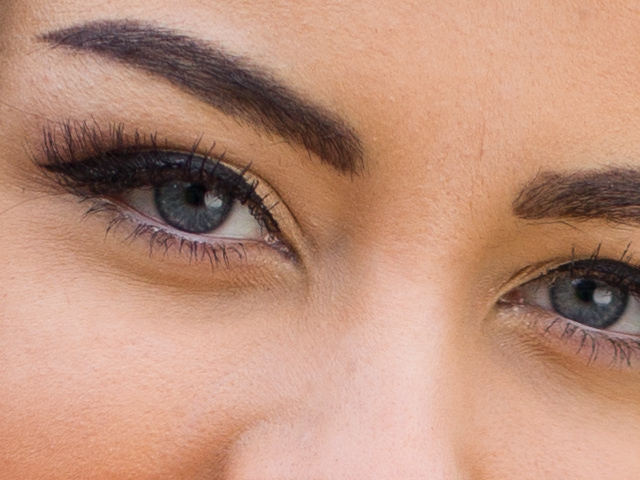
"Chart Test"
As mentioned before, lenses optimized for subject isolation and background blur at wide open apertures are higher appreciated for smooth bokeh then for delivering crispy details at the borders or edges. That was, what the first two series should demonstrate. That said - you might expect more? Which of these lenses can also be taken into a studio e.g. for perfectly sharp fashion shoots or for landscape work where you expect them to deliver tons of details and high contrast across the whole frame? The following "chart test" series might give you an idea how the lenses perform in those situations. This was the setup:
The distance to the wall was about 1.8m (approx. 6 ft.), the shots were taken from a tripod and triggered with self timer. With a mirror I made sure that the camera was pointing perpendicular to the wall. The test target was a news paper, this is an example (Summilux at F8.0):
The targets were focused manually with 14.4x magnification in the center as well as in the upper left edge. To give you an impression of the field curvature produced by the lens, the following charts also contain crops taken at F1.4 (F1.8 for the FE Sonnar 1.8/55) with focus on edge. For each aperture setting, one crop from the center, one from about half way between center and edge ("midframe") and one from the upper left edge are shown.
Leica Noctilux 0.95/50 ASPH:
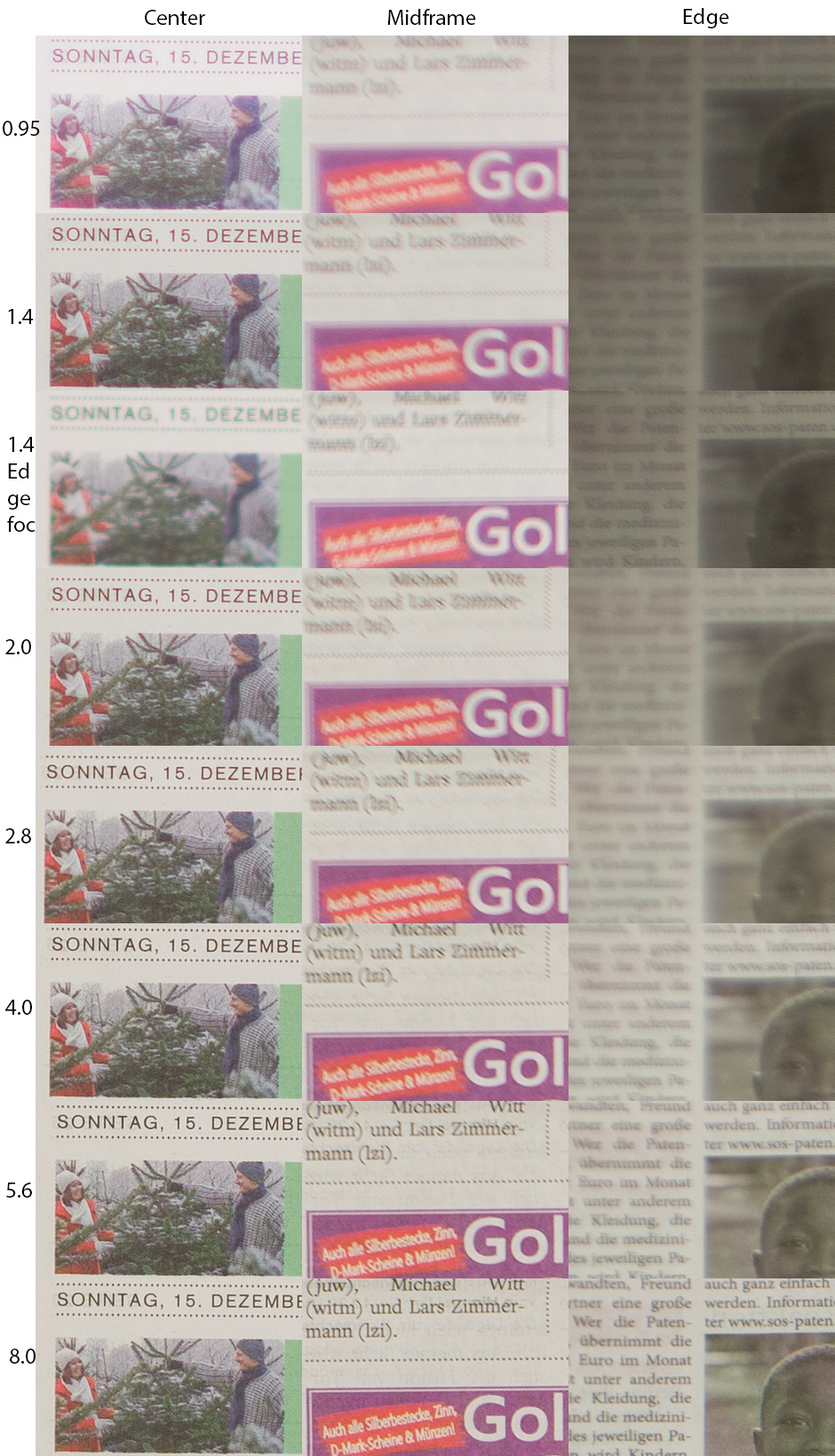
SLR Magic HyperPrime CINE 50mm T0.95:

Leica Summilux-M 1.4/50 ASPH:

Zeiss FE Sonnar T* 1.8/55:
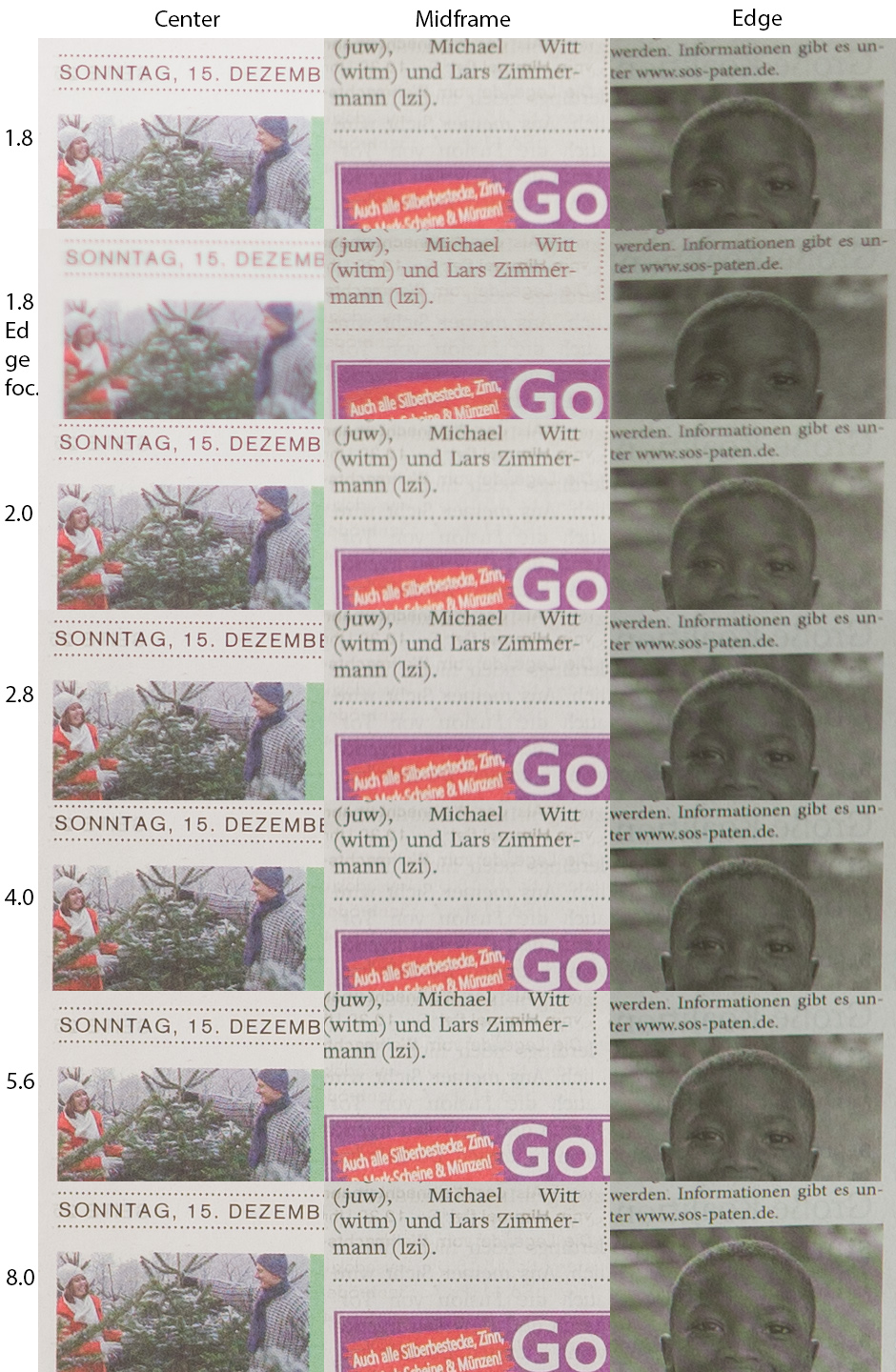
Zeiss Otus Apo Distagon T* 1.4/55:

You can find a collection of albums (one album for each lens series) here: http://www.flickr.com/photos/hh-tests/collections/72157639334640424/
Conclusion
- All candidates produce a very smooth bokeh and good to excellent center sharpness already at open aperture - nothing else was expected in this price range.
- Both 0.95ers are purely designed for maximum bokeh and subject separation at low light. Their border and edge performance is mediocre and even at f/8 they can not cope with the resolution of the 36 MP sensor. Also in the midframe area half way between center and edges they show some weaknesses.
- The Noctilux produces significantly more purple fringing at open aperture and has a slightly stronger field curvature and vignetting than the HyperPrime CINE. Stopped down to F1.4 you can already see some edges from the aperture blades in the bokeh highlight circles of confusion while the HyperPrime CINE keeps them round also stopped down.
- The HyperPrime CINE has a stronger distortion as the other candidates and the particular copy used in this test had an asymmetric sharpness gradient indicating a decentration.
- The Leica Summilux had the strongest field curvature. You can see the impact when you compare the photo of the fisherman below with that from the Otus. The Summilux produces a nice background blur around the separated fisherman but at the borders the background gets sharp again. This kind of creative effect is not always in demand...
The last weeks we could often read that people are unsatisfied with the border and edge performance of the Summilux on the A7/A7R and tried to explain it with edge smearing caused by the sensor. In fact, here it is no edge smearing. Instead it is the result of field curvature as demonstrated with the test charts and the edge focused crops. - The Zeiss FE 1.8/55 delivers an surprisingly good result already at open aperture accross the whole image frame and has only very little field curvature. The only disadvantage is the missing 2/3 aperture compared to the f/1.4 lenses. Already at f/2.0 the Zeiss FE 1.8/55 begins to produce moiré in the reproduction of the rastered print what can not be accused to the lens. It is an indication that already the resolution of the AA-filterless 36 MP sensor is reached here.
- The Zeiss Otus outperforms all other lenses in a degree I have never seen before. Even at open aperture it already reaches a resolution that the other lenses can not deliver before stopped down to f/4.0. Field curvature is negligible and edge resolution almost reaches the sensors resolution already at open aperture. At f/2.8 resolution and contrast are on a level that practically can not be raised anymore when attached to a 36 MP sensor. It seems that this lens is already designed to challenge sensors with 100+ MP.
Summarized I would say that the Zeiss FE 1.8/55 delivers best value for its price. Sometimes you may miss the 2/3 additional aperture but it shows extremely good performance across the whole frame already at open aperture and makes additional points with its AF capability (but the others can be manually focused with better feedback). For me it is the "Otus light".
The 0.95ers are pure bokeh specialists, whereas the Summilux has a little wider range of applicability if you can live with some of it's drawbacks. It is extremely compact for its level of performance.
The Otus marks a new reference. It delivers incredible detail, contrast as well as smooth bokeh across the whole image frame. It is a lens without any optical compromises but you will think twice before putting it into you photo bag due to its weight and size.
Update: You find a comparison of the new Sigma Art 50mm f/1.4 DG HSM to some lenses covered in this article here: http://3d-kraft.com/index.php?option=com_content&view=article&id=160&catid=40&Itemid=2
Finale
Finally let us look at some more photos taken with some of these lenses:
Portrait with Otus @ F5:
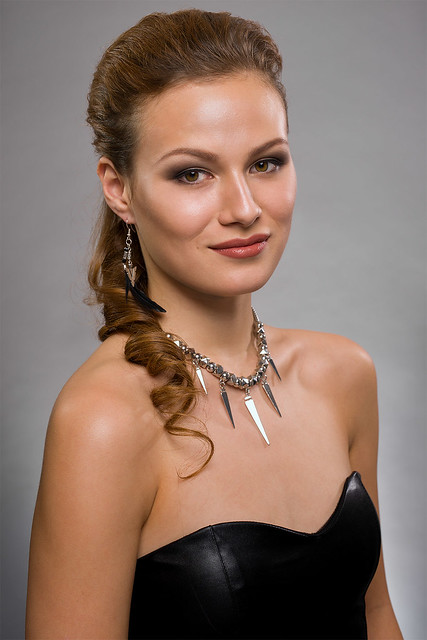
(click on image for other sizes including full resolution)
Fisherman, Hamburg - Zeiss Otus @ F1.4

(click on image for other sizes including full resolution)
Fisherman, Hamburg - Leica Summilux @ F1.4:

(you see the field curvature at the borders when cliicking in image for other sizes including full resolution)
Wasserschloss, Speicherstadt, Hamburg - Zeiss Otus @ F8:
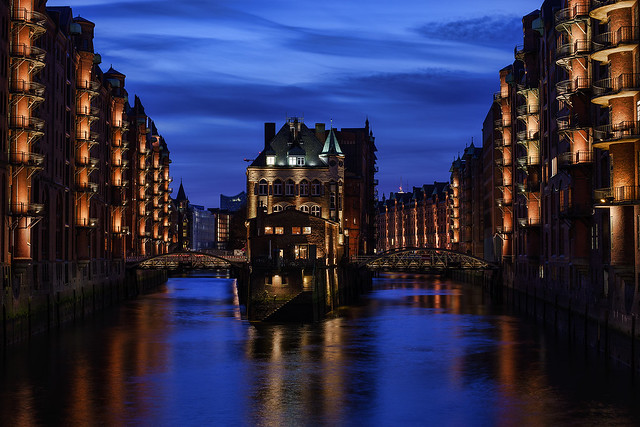
(click on image for other sizes including full resolution)
100% crop (actual pixels):
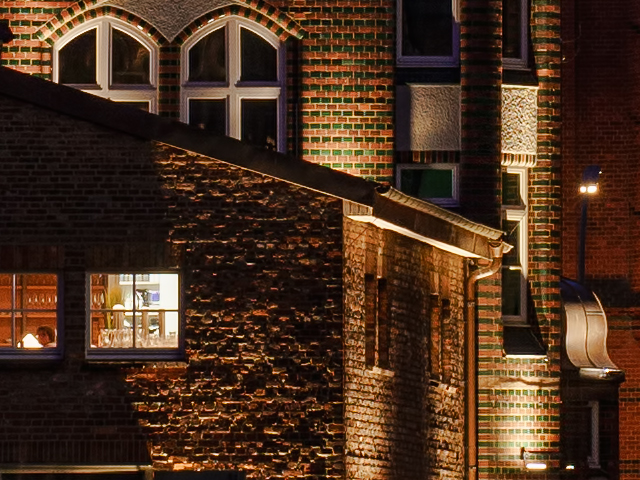
Different point of view with subject isolation at F1.4:
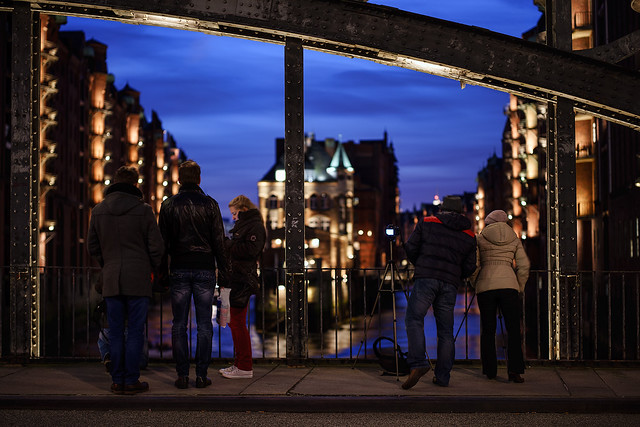
(click on image for other sizes including full resolution)
Thanks to Lara for her patience at all these portrait test shots and thanks to Dierk for strongly supporting this review. You find his flickr photostream here: http://www.flickr.com/photos/dierktopp
If you are interested in more photos taken with the Otus, this is worth a look as well: http://www.zeissotus.com/ (taking you to a gallery at zeissimages.com).





